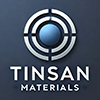Showing 313–324 of 674 results
-
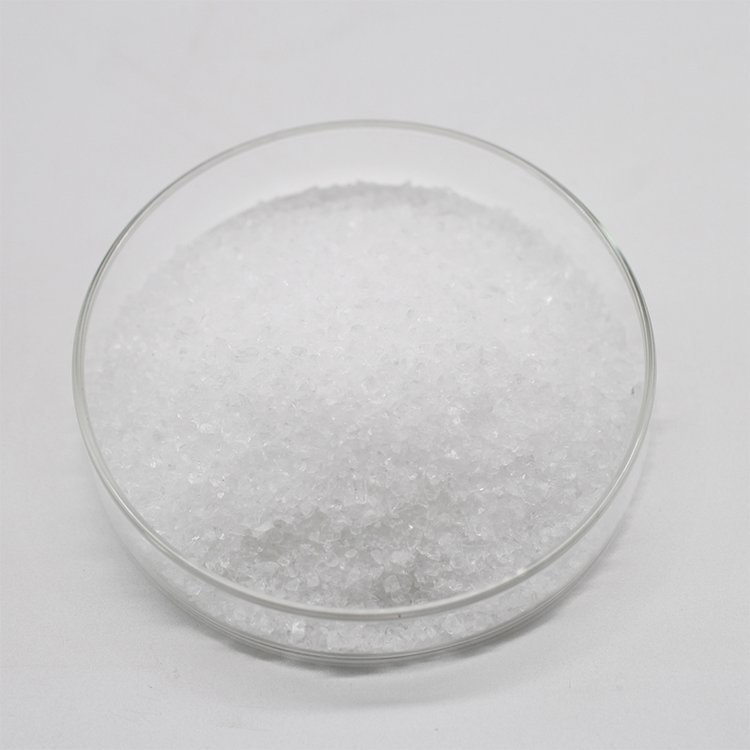
- High purity (≥99.9%).
- Excellent electro-optical and piezoelectric properties.
- Stable chemical and thermal performance.
- Uniform size for consistent evaporation.
- Customizable pellet sizes and shapes.
-
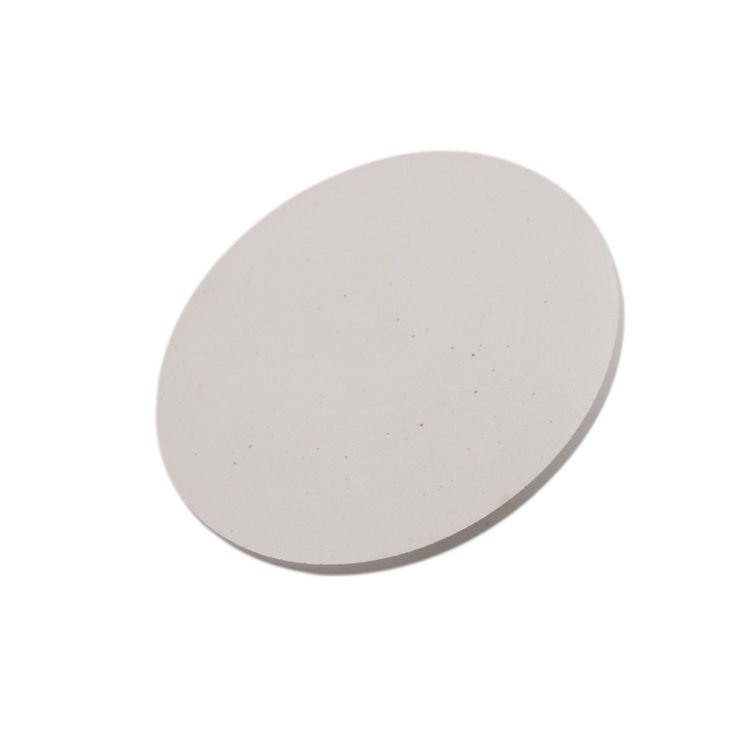
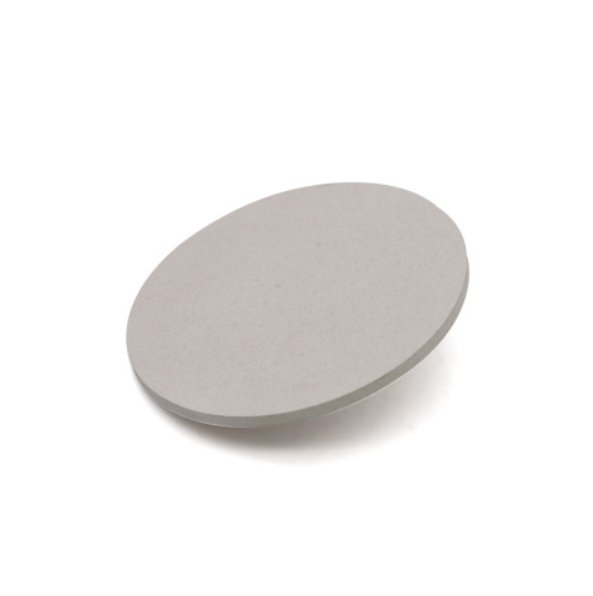
- High Purity: Ensures minimal impurities for superior thin-film quality.
- Exceptional Piezoelectric Properties: Ideal for high-performance acoustic and vibrational devices.
- Stable Electro-Optic Behavior: Suitable for high-precision optical applications.
- Customizable Specifications: Tailored to meet unique system requirements.
- Durable and Reliable: Manufactured for consistent sputtering performance.
-
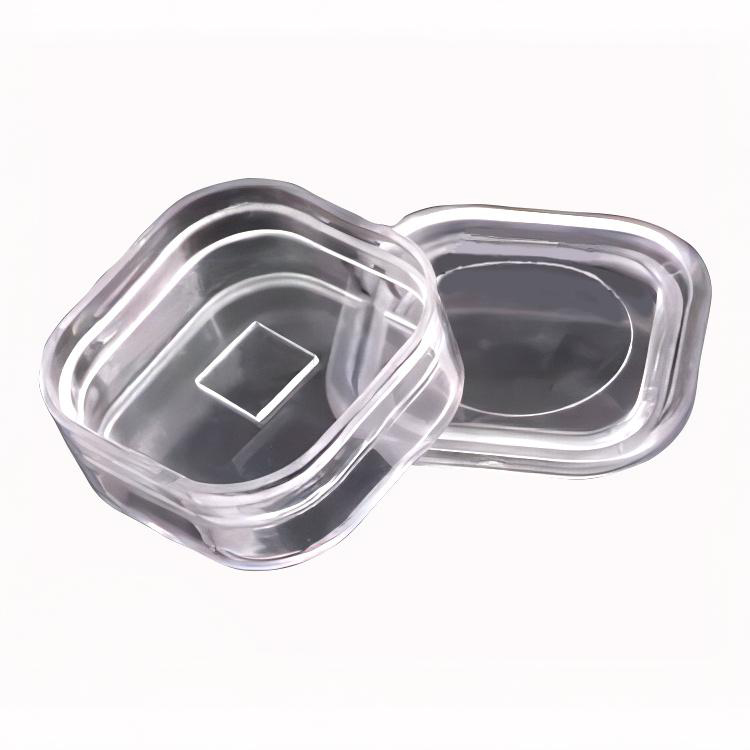
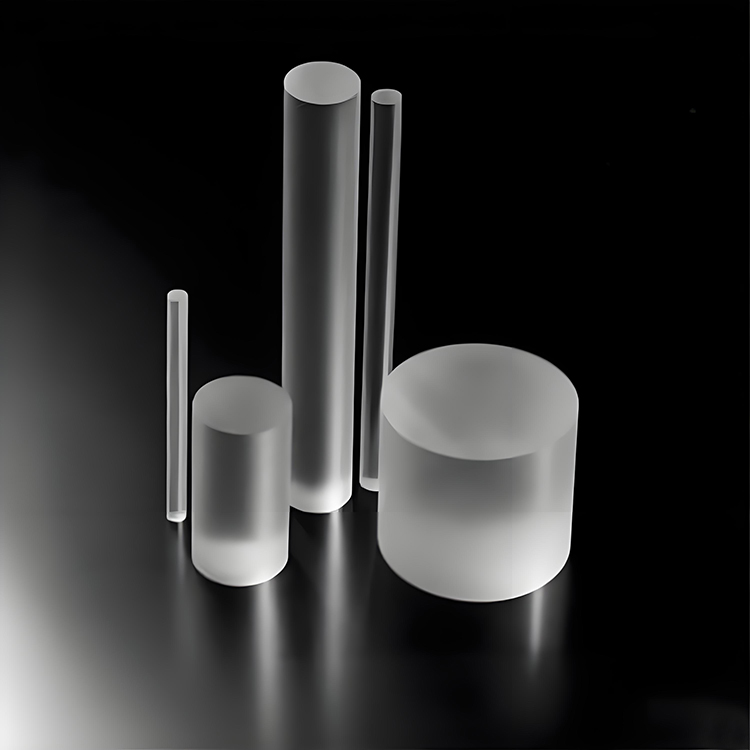
- Wide Transmission Range: Excellent optical transmission from 120 nm (VUV) to 6 μm (IR).
- Low Refractive Index: ~1.39 at 400 nm, advantageous for minimal Fresnel losses.
- Radiation Resistance: High durability against X-rays and high-energy particle irradiation.
- High Optical Homogeneity: Suitable for precision optics and laser systems.
- Good Mechanical Properties: Higher hardness compared to other VUV transparent materials like CaF₂.
- Low Birefringence: Enabling better performance in polarization-sensitive applications.
- Chemical Stability: Moderate chemical inertness; surface can be protected with appropriate coatings if needed.
-
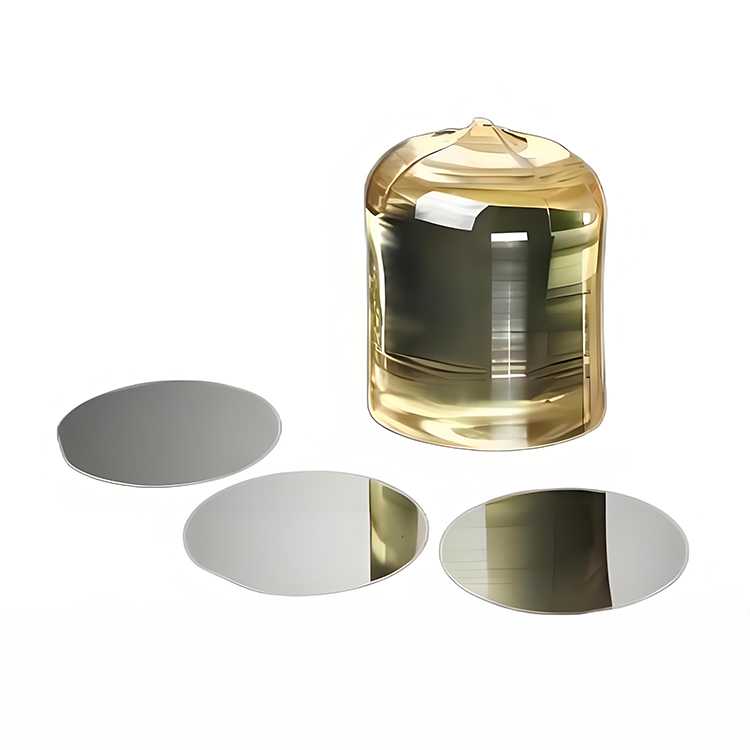

- High Electro-optic Coefficient: Enables efficient light modulation
- Excellent Nonlinear Optical Properties: Ideal for frequency conversion processes
- Wide Transmission Range: Suitable for UV, visible, and infrared applications
- Strong Piezoelectric Response: Essential for SAW and MEMS devices
- Photorefractive Effect: Useful for holography and optical data storage
- Chemical and Thermal Stability: High reliability in demanding environments
- Availability of Stoichiometric and MgO-doped Variants: Reduces photorefractive damage and enhances performance in high-power lasers
- Precise Crystal Growth and Wafer Fabrication: Ensures high uniformity and low defect densities
-
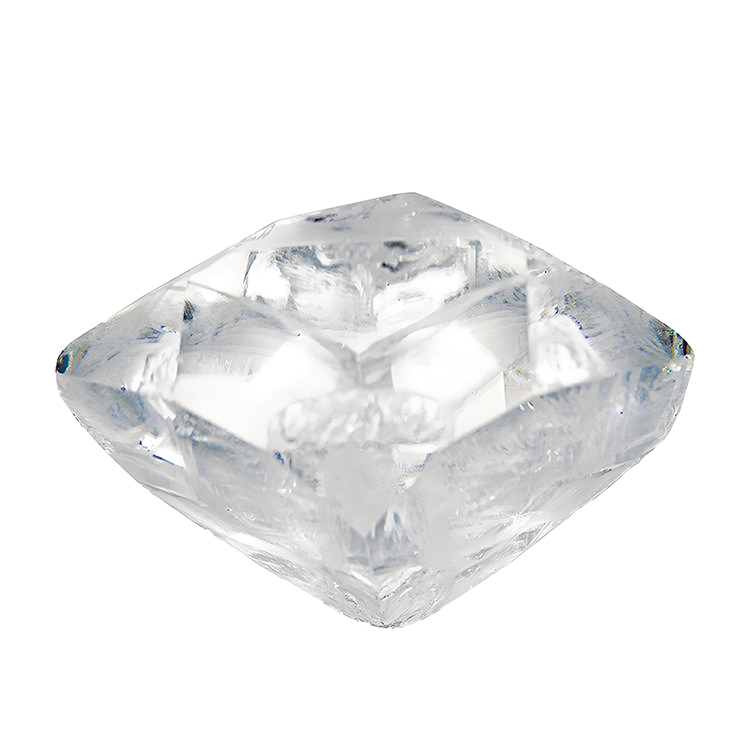
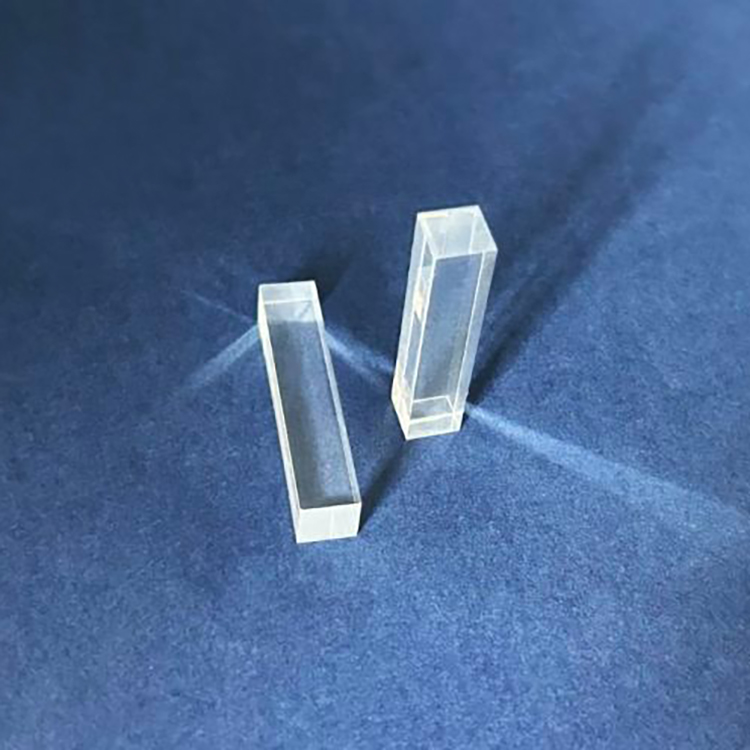
- Wide Transparency Range: 160 nm to 2600 nm
- Broad Phase-Matching Capability: Suitable for SHG, THG, OPO, SFG, DFG across UV to IR
- High Damage Threshold: >2 GW/cm² for 1064 nm, 10 ns pulse
- Low Walk-Off Angle: Ideal for high-beam-quality laser systems
- High Nonlinear Coefficients: Enables efficient frequency conversion
- Excellent Optical Homogeneity: Δn < 10⁻⁶/cm
- Good Mechanical Hardness: Mohs hardness ~6
- Stable Physical and Chemical Properties: Resistant to humidity and environmental degradation
- Nonhygroscopic: No special humidity control required
-
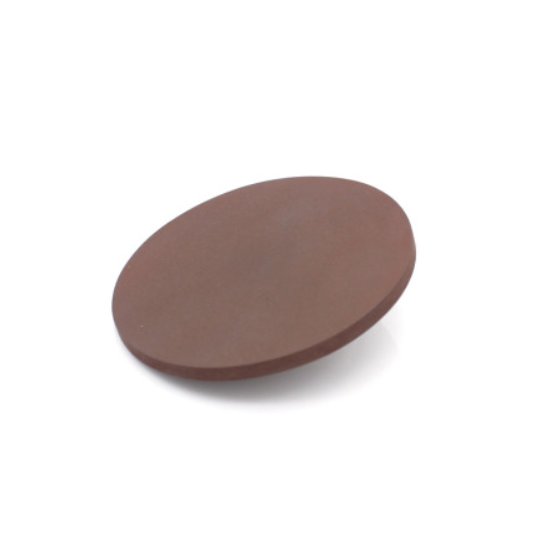
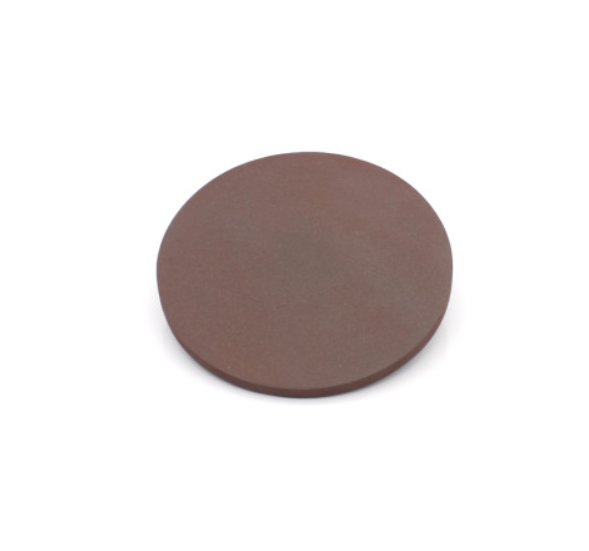
- High Purity: Ensures consistent and reliable thin-film deposition.
- Superior Electrochemical Performance: Supports high energy density and stability.
- Customizable Options: Available in various sizes, shapes, and purity levels.
- Durable and Stable: Delivers reliable performance in demanding environments.
- Scalability: Suitable for both research-scale and industrial-scale applications.
-
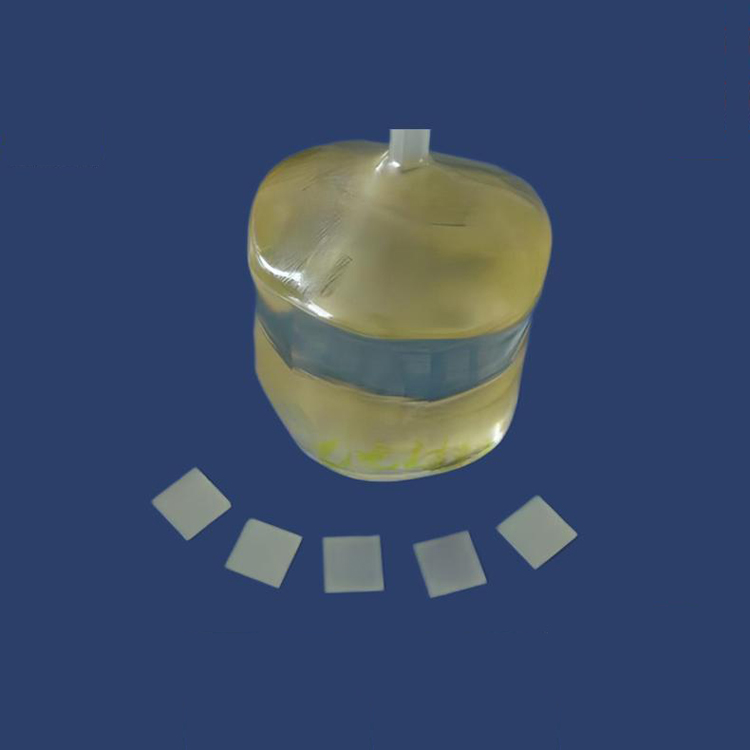
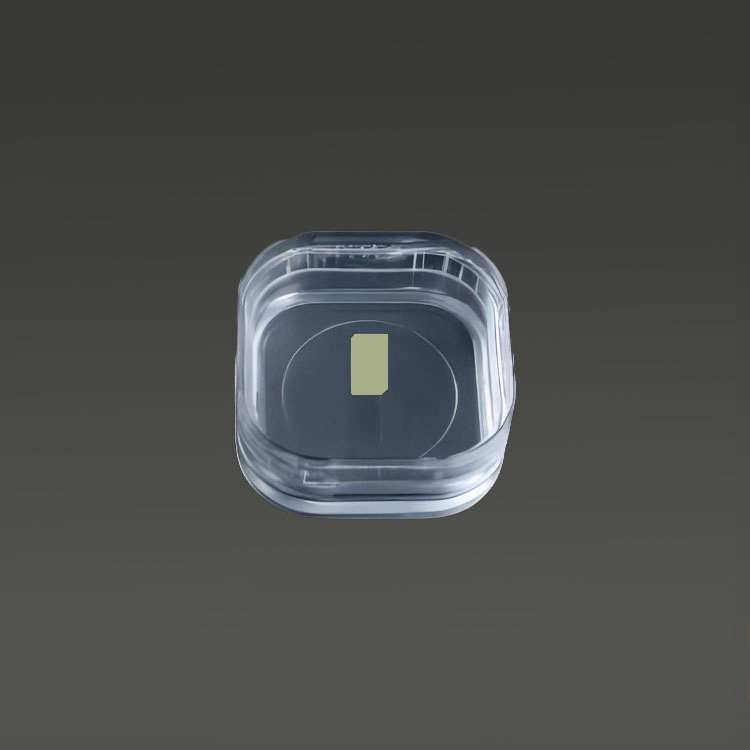
- Excellent Lattice Matching: Ideal match for many perovskite oxides such as YBCO, BST, and PZT
- High Thermal Stability: Maintains structural integrity under high temperatures
- Low Dielectric Loss: Suitable for microwave and dielectric applications
- High Crystallinity: Enables defect-free epitaxial film growth
- Good Mechanical Strength: Durable for various thin-film deposition processes
- Smooth Surface Finish: Atomic-level flatness for epitaxial growth
- High Chemical Stability: Resists degradation during processing
- Wide Application Range: Compatible with superconducting, ferroelectric, and oxide-based systems
-
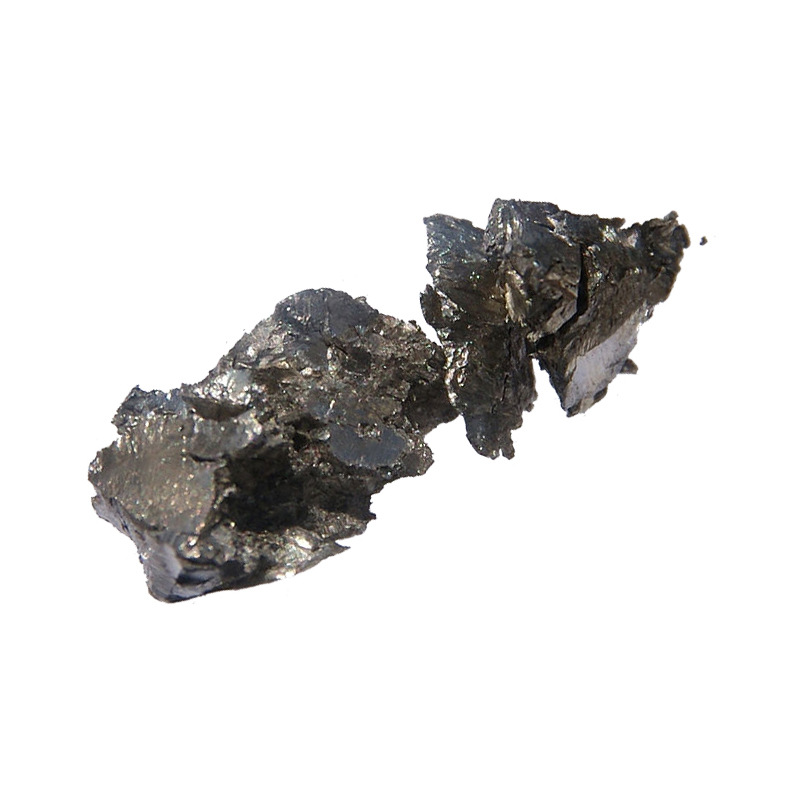
- High Density: Lutetium is one of the densest rare-earth elements, providing superior durability in thin films.
- Optical and Catalytic Efficiency: Lutetium’s optical properties make it a valuable material for optical coatings, while its catalytic properties are utilized in industrial processes.
- High Purity: Lutetium pellets are available in high-purity forms, ensuring consistent film quality in evaporation processes.
- Thermal Stability: Lutetium films maintain stability at high temperatures, making them suitable for high-performance applications.
-
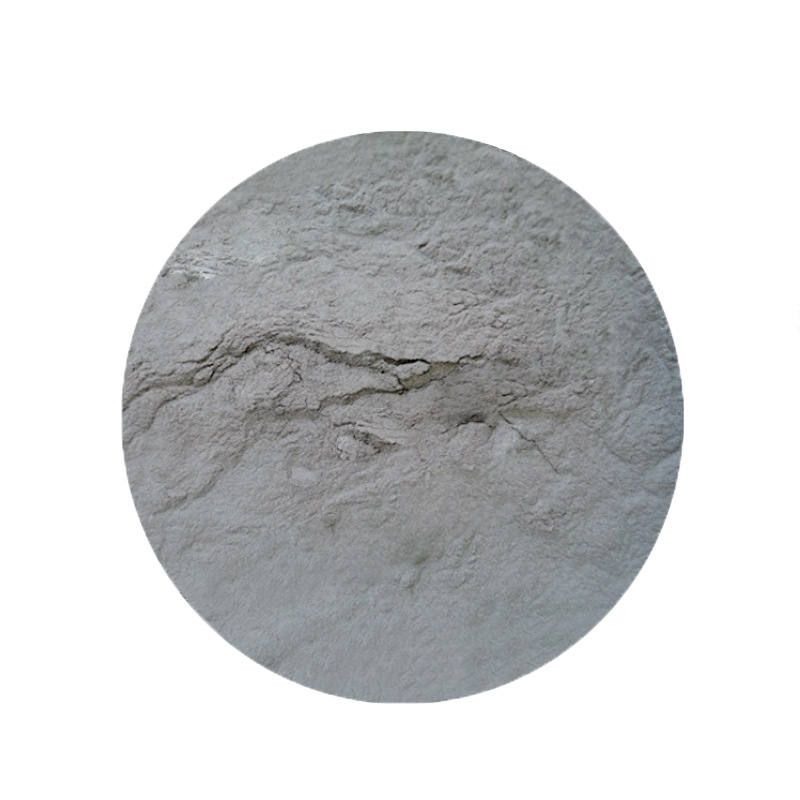
- High Density: Lutetium is one of the densest of the lanthanides, giving it unique properties for use in specialized materials and applications.
- Corrosion Resistance: Lutetium is resistant to oxidation and corrosion, making it durable in various environments.
- Radioisotope Lu-177: Lutetium-177, a radioactive isotope, is used in targeted radionuclide therapy (TRT), particularly for treating neuroendocrine tumors.
- Stable Catalyst: Lutetium is used as an efficient catalyst for cracking hydrocarbons in petroleum refining and polymerization reactions.
- Luminescent Properties: Lutetium compounds are employed in certain light-emitting applications due to their luminescence when excited by radiation.
-
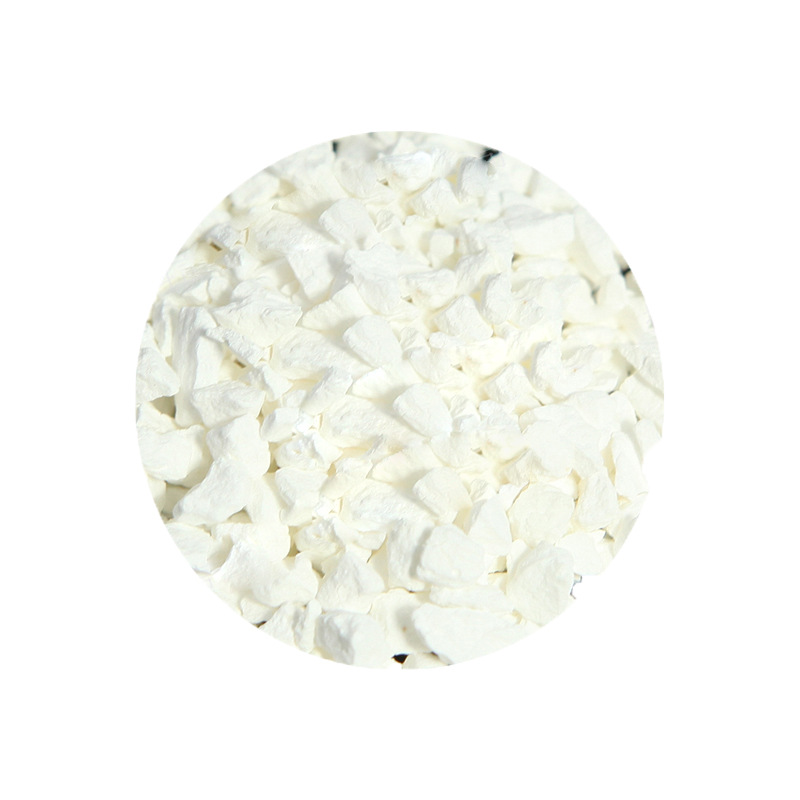
- High Refractive Index: Lu2O3 has a high refractive index, making it ideal for use in optical coatings where precise control over light transmission and reflection is critical.
- Excellent Thermal Stability: Its high melting point and thermal conductivity make it suitable for high-temperature applications and vapor deposition processes.
- High Purity: Available in high-purity grades (≥ 99.9%) to ensure consistent film quality and performance in sensitive applications such as semiconductor manufacturing and optical device production.
- Transparency in the Visible and Infrared: Lutetium oxide provides excellent optical transparency across a broad wavelength range, from the visible to infrared (IR), enhancing its applicability in optical devices.
-
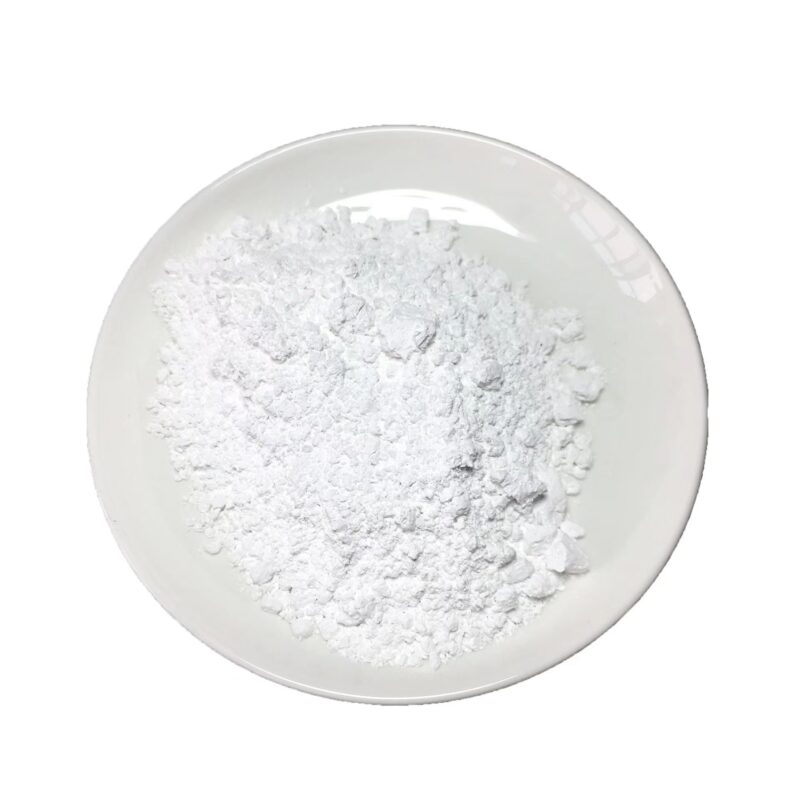
- High Purity: ≥99.9% purity, ensuring consistent performance in sensitive and high-tech applications.
- Excellent Thermal and Optical Properties: High melting point (around 2600°C), excellent thermal conductivity, and transparency to UV and visible light.
- Fine Powder: Available in various particle sizes to suit different processing needs, including nano and micron sizes.
- Stability: Chemically stable under high temperature and pressure conditions, making it suitable for demanding applications.
- Environmentally Friendly: Non-toxic and safe for industrial use with minimal environmental impact.
-
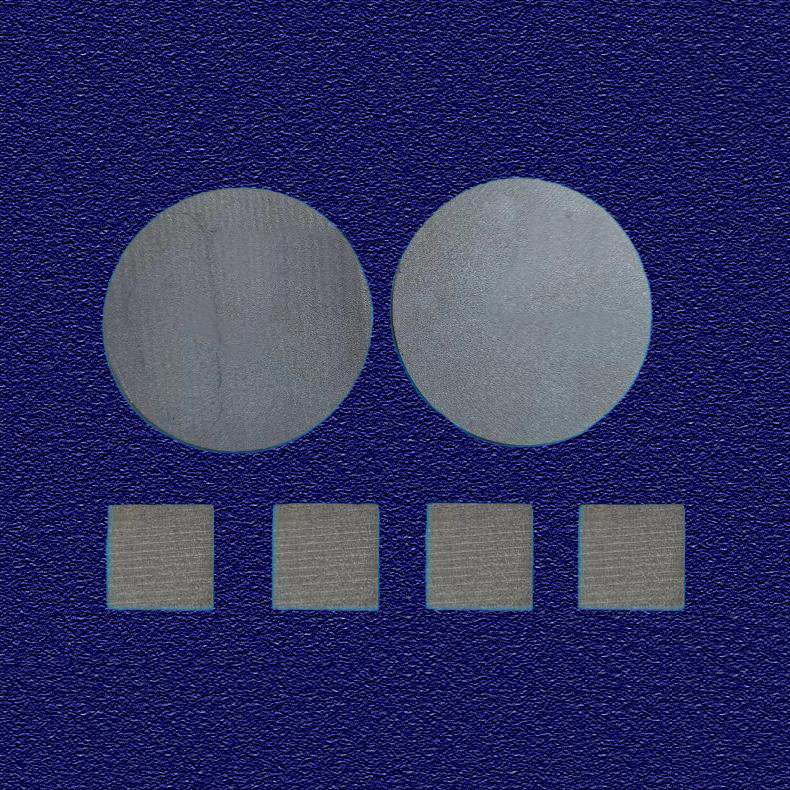
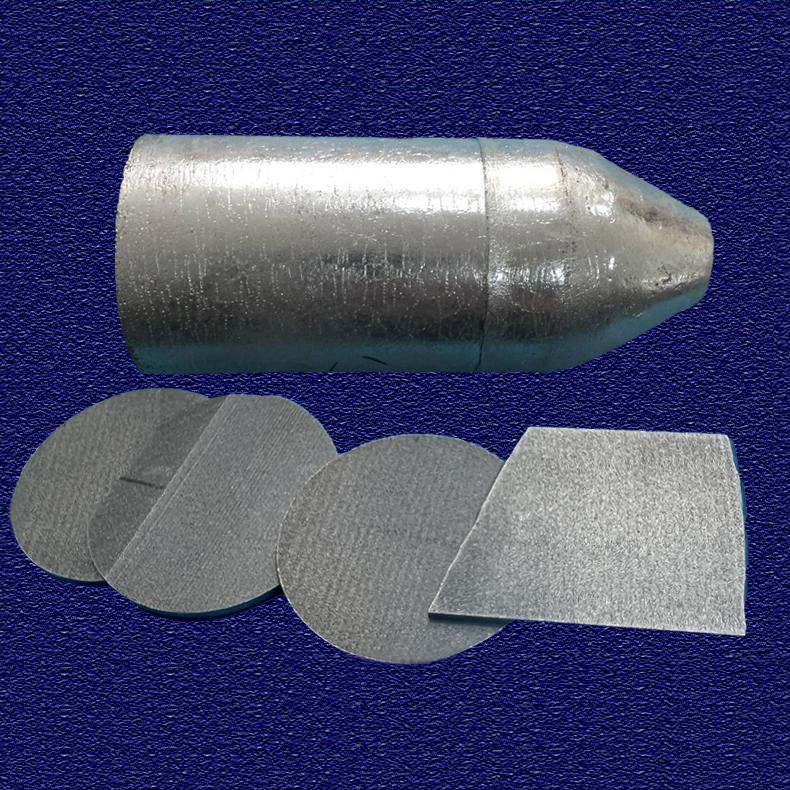
- Lightest Structural Metal: Exceptionally low density for weight-sensitive applications
- Excellent Specific Strength: High strength-to-weight ratio
- Anisotropic Mechanical Properties: Ideal for deformation and slip system studies
- High Ductility at Elevated Temperatures: Improved formability in warm/hot conditions
- Good Machinability: Easier to process compared to other metals
- High Thermal Conductivity: Facilitates efficient heat dissipation
- Superior Homogeneity: Enables reproducible experimental results
- Corrosion Sensitivity: Useful for corrosion research and protective coating studies
